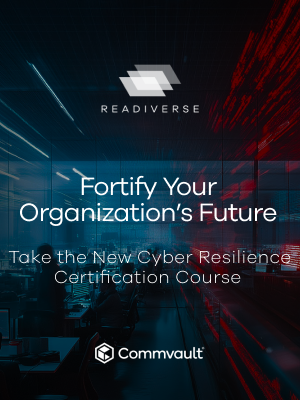Hello all,
I'd like to understand the steps taken by Commvault when a VSA backup from a vSphere environment uses a HSX block as access nodes/proxy.
Consider that vSphere datastores are FC SAN based LUNs. So, best performance would be to use SAN transport mode on the cvlt side.
During the backup operation, how the datastore LUNs are presented to the appliance? I saw in the docs the following:
"For Linux proxies, you might need to rescan the SCSI or iSCSI bus after attaching devices.
For MediaAgents on the HyperScale 1.5 Appliance or HyperScale X Appliance, you can use the rescan-scsi-bus.sh script to force a rescan."
So, that rescan procedure, when it is required? Everytime a new datastore is presented to the virtual environment? If there's no new datastore, it is done only once during HSX deployment?
Regards,
Pedro









